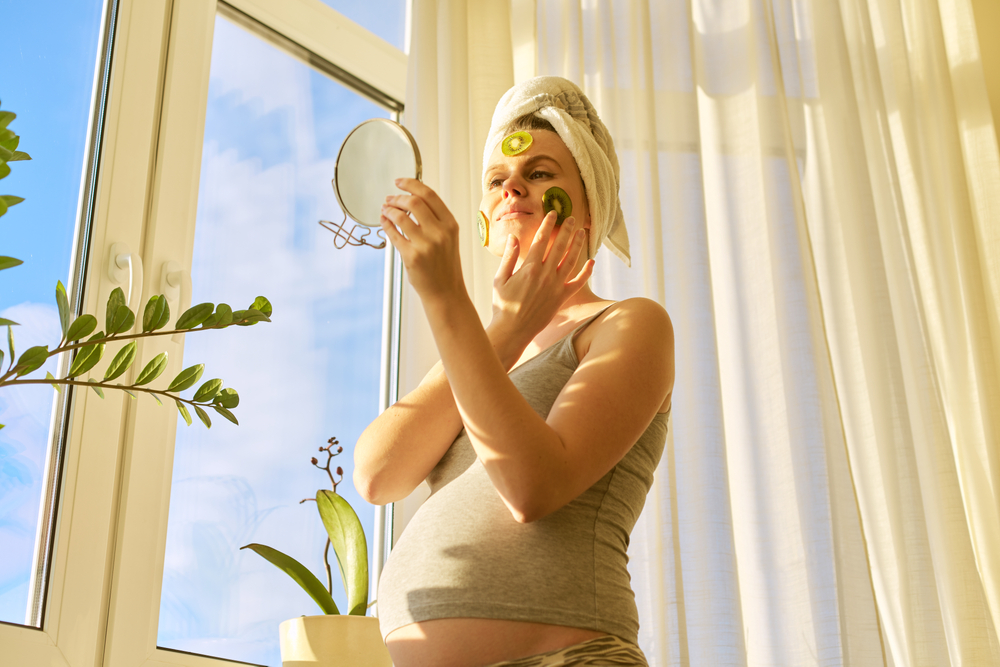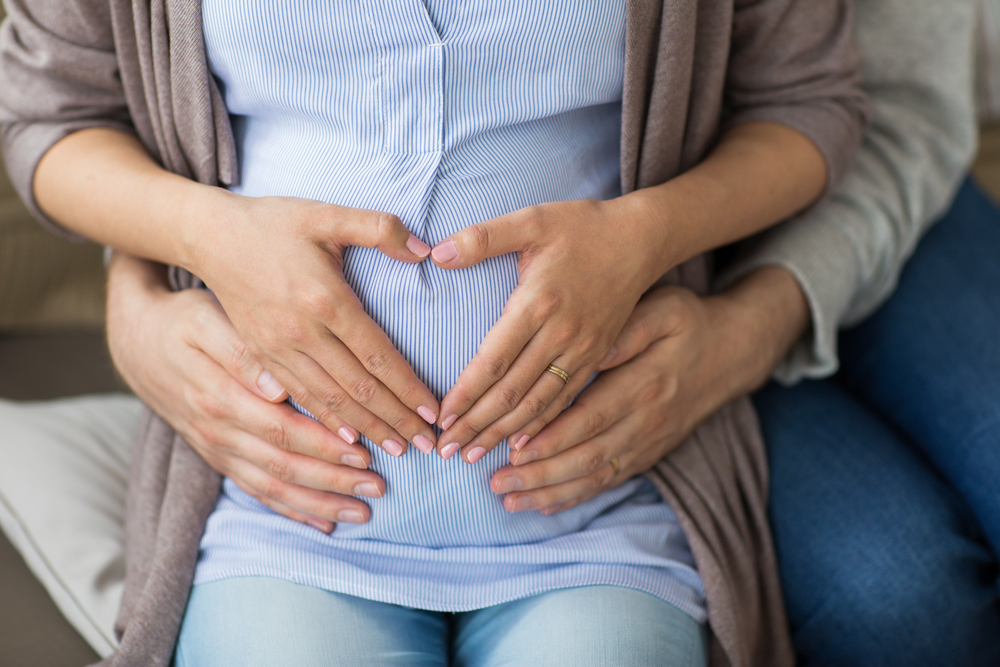




Skin spots during pregnancy, why do they form and what are the tricks to fight them (and hide them)
It is said that a woman looks more beautiful and radiant during pregnancy. Is this really true or is it just a rumour? And what about those hateful dark skin spots? Pregnancy is a period of great changes, both physical and psychological, and the skin, which is the ‘mirror of the soul’, reflects the ongoing revolution. There is nothing to worry about. And here we explain why.
First, let’s clear the field of misunderstandings: yes, pregnant women are more beautiful and it is not a trivial ‘optical effect‘. There is a scientific explanation: the endocrine system works differently to allow the woman’s body to change, facilitating the growth and development of the baby. The new hormone levels also affect the skin. In particular, progesterone and Bhcg, which favours the production of sebum, make the face glow, the so-called pregnancyglow, among the most appreciated effects by mothers-to-be. After all, it is precisely the ‘storm of hormones’ that pregnant women undergo that causes the skin to radiate more, makes the skin tone look fuller, brings more nourishment and promotes cell turnover, so that the skin looks younger and healthier.
Among the less appreciated effects are dark spots, which are due to hyperpigmentation and are linked to the MSH hormone, composed of estrogens and progesterone that stimulates the production of melatonin. This hormone plays an important function in darkening the breast areolae so that the baby, whose vision in the first months of life is limited to black and white, can easily find the mother’s breast. Undoubtedly, however, the spots are considered and experienced as an imperfection. Fortunately, they are not forever. In fact, they generally appear between the 3rd and 4th month of pregnancy and disappear after delivery. The scientific term is ‘chloasma gravidarum’ and it can occur on the face (nose, cheeks) as well as on the inner thighs or navel with a dark line running from there down to the pubis. On the face, in particular, the cheeks, cheekbones, forehead and upper lip are affected. Be careful, however, not to confuse chloasma gravidarum with melasma. They are often used as synonyms but they are two different conditions. The former appears, as mentioned, only during pregnancy and resolves spontaneously a few months after delivery as it is linked to hormonal changes, while melasma can appear at any time and can also be triggered by some particular factors such as thyroid disease or antibiotic use.
Going back to spots in pregnancy, if — as we mentioned — their appearance is a fairly frequent, physiological and reversible condition, steps can be taken to prevent them and in any case ‘mitigate’ dyschromia. Even in this case, the usual rule applies, namely that of avoiding exposure to the sun’s rays during the hottest hours of the day. If it is true, in fact, that it is not the sun that causes spots, it is equally true that excessive exposure favours the production of melanin. However, the skin should be protected with a high-protection sun cream. There are also natural supplements that have antioxidant properties, which are effective in preventing spots and have a lightening effect on dyschromia. Like any supplement before taking it, the advice of your gynaecologist is recommended.
Another tip to even out the skin tone is to apply a scrub once a week to remove dead skin cells and the superficial layers of melanin.
Be careful, however, not to use products that are too aggressive, which, on the contrary, could irritate the skin by stimulating further melanin production. Better to use cosmetics for sensitive skin.
Speaking of cosmetics, make-up remains a valid solution to conceal spots. There is, in particular, a corrective make-up technique called camouflage that evens out the skin tone.
However, always remember that this imperfection is short-lived and enjoy the changes in your body with serenity, aware of the wonderful experience motherhood is offering you.
(Monica Di Lecce)


